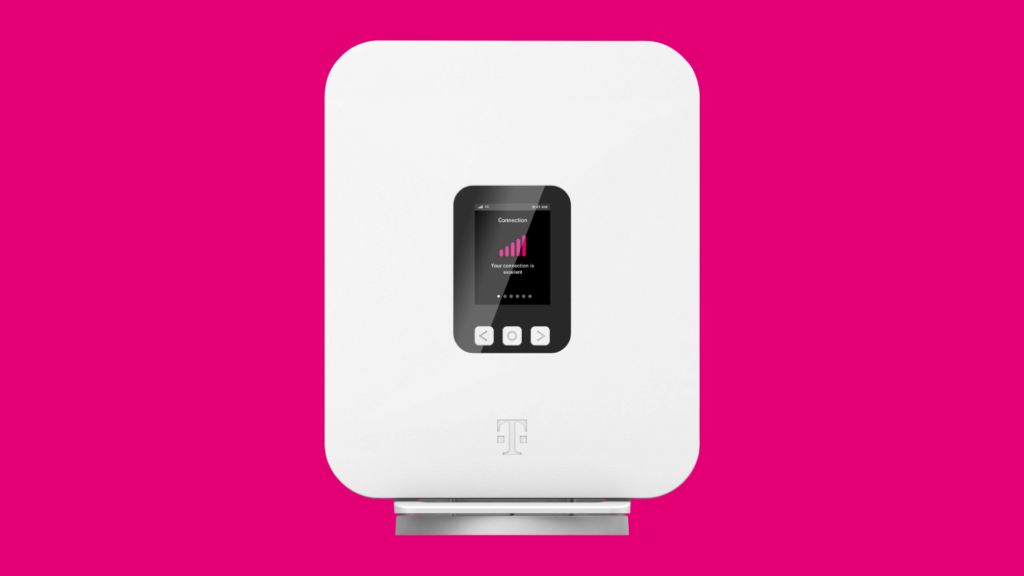T-Mobile Home Internet is emerging as a significant player in the broadband market, offering a viable alternative to traditional wired internet services. This article delves into the details of T-Mobile’s home internet service, exploring its technology, benefits, drawbacks, and overall user experience.
What is T-Mobile Home Internet?
T-Mobile Home Internet utilizes the carrier’s 4G LTE and 5G networks to provide high-speed internet service directly to consumers’ homes. Unlike traditional broadband that relies on cables, T-Mobile’s service uses a wireless connection through a gateway device that acts as both a modem and a router. This service is particularly aimed at areas where broadband options are limited or where consumers seek more flexible or potentially lower-cost alternatives to cable, DSL, or fiber optics.
Key Features and Benefits
1. Ease of Setup
One of the most appealing aspects of T-Mobile Home Internet is its simplicity in setup. The service comes with a gateway device that users can set up themselves; it’s essentially plug-and-play. Once the device is powered and connected, it automatically connects to T-Mobile’s network, eliminating the need for professional installation.
2. No Data Caps
T-Mobile offers unlimited data with its home internet plan, which is a significant benefit for users who stream a lot of video content, play online games, or work from home. This feature is especially attractive compared to traditional ISPs that often impose data caps, leading to additional charges or throttled speeds once limits are exceeded.
3. Competitive Pricing
The pricing model for T-Mobile Home Internet is straightforward and competitive. There are no hidden fees, rental fees for equipment, or contracts, making it an attractive option for those tired of dealing with the typical complexities and costs of traditional ISPs.
Performance and Coverage
The performance of T-Mobile Home Internet largely depends on the local T-Mobile network’s strength and capacity. In areas with strong 5G or 4G LTE coverage, users can expect fast download and upload speeds, competitive with other broadband services. However, in areas where T-Mobile’s network is weaker or more congested, users might experience slower speeds.
Coverage is continually expanding as T-Mobile upgrades its network infrastructure. The company has been actively increasing its investment in 5G, aiming to cover 99% of Americans in the coming years. This ambitious expansion is crucial as the performance and reliability of T-Mobile Home Internet are directly tied to the strength of its wireless network.
Customer Experience and Support
T-Mobile has a reputation for strong customer service in the mobile telecommunications sector, and this extends to its home internet service. Users have access to customer support through various channels, including phone, chat, and T-Mobile retail locations. Additionally, the T-Mobile Home Internet app allows users to manage their account settings, check data usage, and troubleshoot connections.
Drawbacks and Considerations
1. Dependence on Network Availability
Since the service depends on wireless signals, the biggest limitation of T-Mobile Home Internet is its dependence on the availability and strength of T-Mobile’s network in a user’s area. Prospective customers should check the coverage map on T-Mobile’s website to ensure adequate service is available at their location.
2. Variable Speeds
Another consideration is the variability of internet speeds. Unlike wired broadband, which can offer consistent speeds, T-Mobile’s wireless service might experience fluctuations based on network traffic, signal strength, and other factors.
3. Hardware Limitations
The provided gateway device, while generally effective, has some limitations compared to more advanced standalone modems and routers. Users with specific high-performance networking needs might find the device insufficient, particularly in larger homes or for complex setups.
Conclusion
T-Mobile Home Internet represents a promising shift in how consumers can access the internet, breaking away from traditional cable and DSL services. With its straightforward pricing, easy setup, and unlimited data, it offers a compelling option for many, especially those in underserved broadband areas. However, as with any service, it is crucial to consider the specific needs and circumstances of your household and the local network’s capacity before making the switch. As T-Mobile continues to expand its network, it’s likely that the appeal and reliability of its home internet service will only increase, providing a competitive and flexible internet solution for an ever-growing number of consumers.
Read Also: Understanding XCV Panels: The Future of Technology Integration
